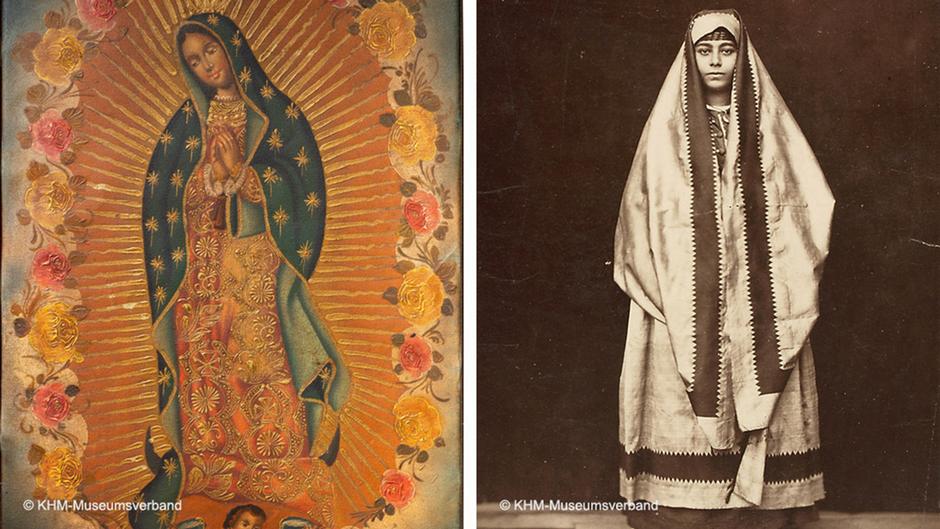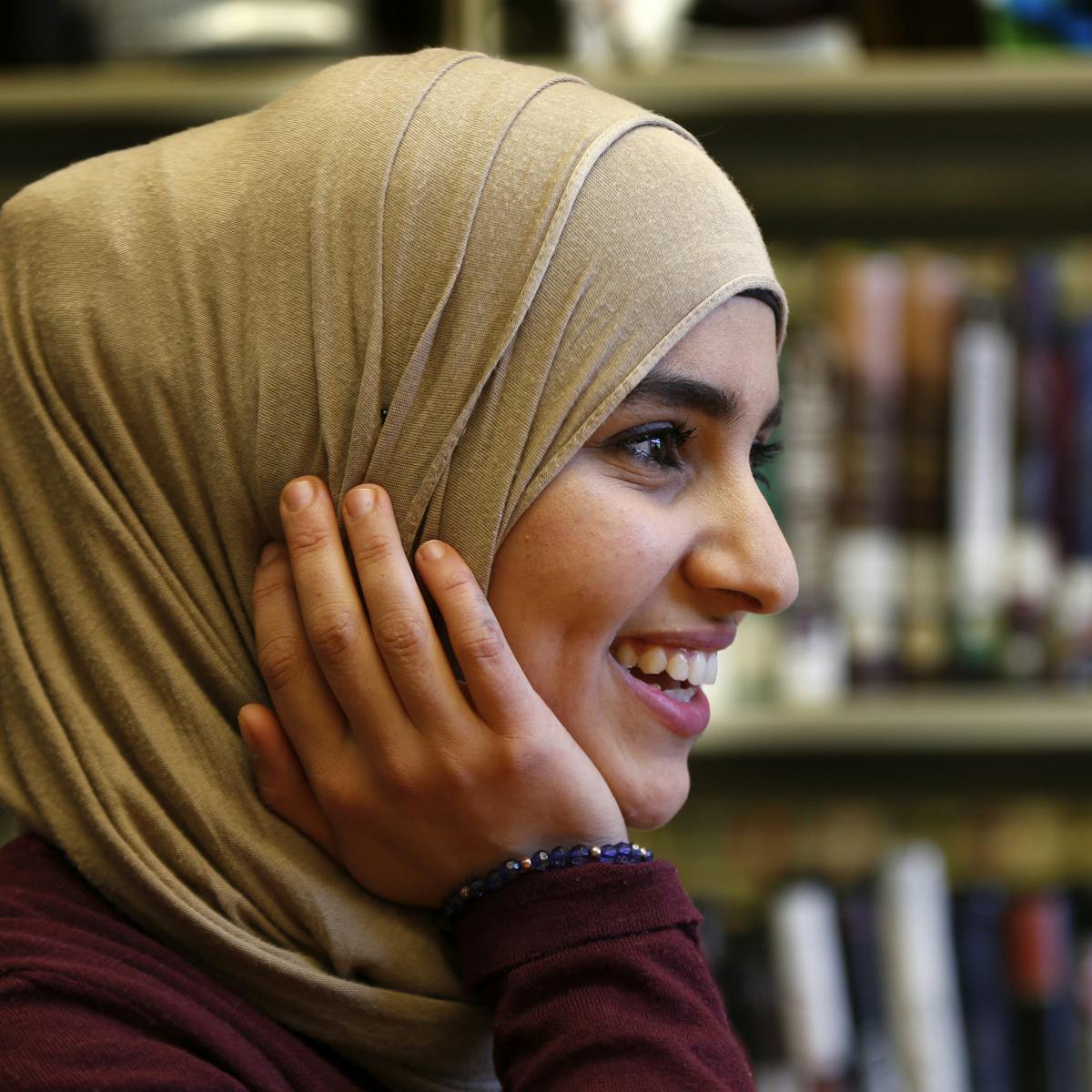The headscarf is a kind of cover and clothing that covers most or all of the top of the head, especially the hair, which is used to protect it from corrosive teeth, to ensure cover, to be unrecognized.
The headscarf has gained religious or traditional functions and meanings in some societies, beyond its main function as a garment, covering its head from heat and cold. According to the terms of the region and culture, the shape of the headscarf shows a great variety, as well as the meanings it takes on are different. In a society, social status can be considered as a sign of the rule of man over woman when used as a sign of nobility.
Headscarf in Antic Societies
It is noted that the period of the head and face covering has traveled to 4000 before the millennium in Mesopotamian societies. The nuns had to cover their heads in the Inanna pensions in Sumer. These temples indicate that the nuns are acting as holy prostitutes and therefore cover their heads to leave other women
It is known that women cover their hair in the Hitits, Frigians and Ionians of the former communities living in Anatolia.
In the Hindu communities, in ancient times, noble men and women used flashy headliners and headliners.
Women in ancient Greek societies, 6 B.C. from the 18th century, he covered their heads with different covers, such as shawl, scarf, bone (sakkos). In the Roman state, the concepts of piety and testicles are often symbolized in the form of a clothed woman or goddess.
Headscarf in Judaism
The shape of the headscarf used by Jewish women has changed in history. When initially using large, large headliners and shakes, the dimensions of these covers and the areas they cover have narrowed over time. At first, the entire head area was closed outside the face, and over time, the neck became exposed. after the 19 th century, the headscarf was replaced by hats and then a wig. Today, the press coverage of the majority of the Jews is restricted to synagogue only and other media coverage is widespread. However, there are Jewish women on earth who continue to wear mats, hats or wigs.
Headscarf in Christianity
The nuns' headscarf is an important stage of nuns. The nuns cover their heads as a symbol of marriage to Jesus.
There are Christian women in many parts of the world today who have traditionally cover their heads.
Headscarf in Islam
The concept of Islamic cover differs from country to country, region to region, according to the origin of societies. In the Qur'an, certain forms of clothing are not recommended, only to give a number of measurements. The cover-up has been covered in several months.
There have been different approaches to cover and cover-up with the interpretation of these verses in relation to their culture and understanding.
Although there are different practices due to differences in interpretation of words in verses, cultural and regional differences, there have been centuries of cover-up in Muslim families and communities since the months of cover-up, women's cover-up has been accepted from the most prominent features of Muslim societies.


/cdn.vox-cdn.com/uploads/chorus_asset/file/7674371/nh_20160925_0494.jpg)


Comments
Post a Comment